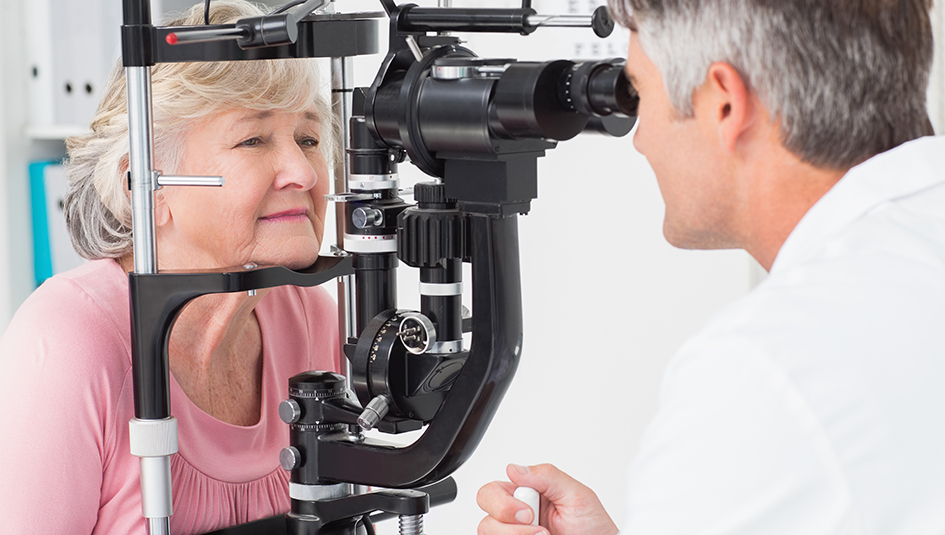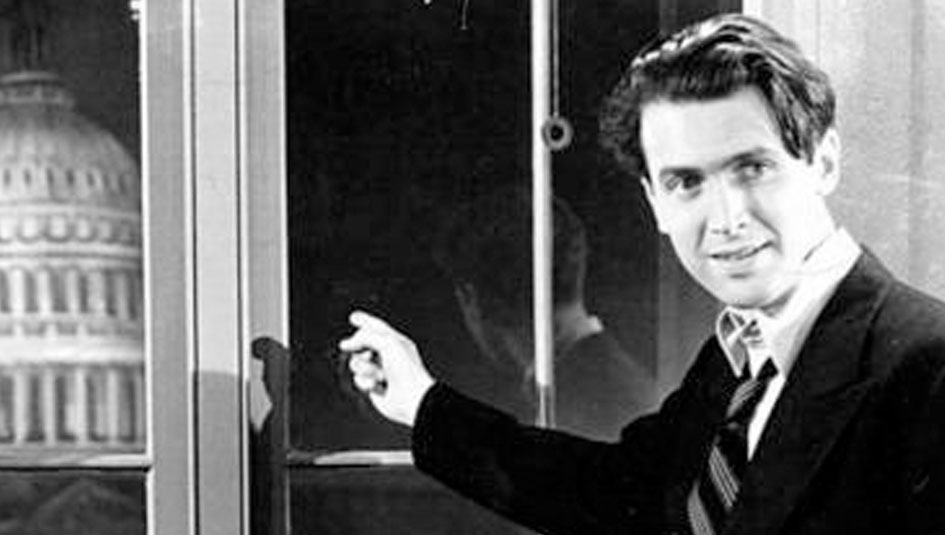Network Comedy Television Enters the Diabetes Education Forum

On December 12, the phenomenally successful ABC sitcom black-ish will air with TV dad Dre Johnson learning that he has Type 2 diabetes. It’s not that the show’s writers have been coming up dry brainstorming material. Far from that.
Anthony Anderson, the show’s co-executive producer and the actor playing narrator and lead character Dre Johnson, was diagnosed with Type 2 sixteen years ago, several years before joining the cast of the crime drama series Law & Order as Detective Kevin Bernard. This year, as the current season of black-ish was getting underway, Mr. Anderson had already been brainstorming with Novo Nordisk about using his show as a platform to re-engage people who have Type 2 to better care for themselves.
“For a long time following my diagnosis,” Mr. Anderson says, “I didn’t take Type 2 diabetes as seriously as I should have, and struggled to get my blood sugar under control. But, when my father passed away from diabetes complications, I reflected on what it was doing to me, and I realized I had to change. I got real with myself.”
That is precisely the message Mr. Anderson wants to deliver through Get Real With Diabetes, his partnership launched on World Diabetes Day 2017 with Novo Nordisk. And the effort won’t end with the December 12 airing of the episode “Sugar Daddy.” What will follow will be a full-on information campaign to reach people who have Type 2 and those who care for them. The campaign will incorporate links to social media platforms, video spots (the first posted to introduce Mr. Anderson’s T2D story), and an online portal for accessing medication, diet, exercise, and lifestyle coaching.
Of course, the details of the “Sugar Daddy” episode are still under wraps, but from what can be pieced together from entertainment industry press tidbits, we can expect to see the main character’s diagnosis prompting a heart to heart with his father, Pops (revealed in season 2 as not having been to a doctor in 30 years). The character will resolve to adopt health-promoting lifestyle changes and to follow through on his doctor’s orders.
Perhaps no one other than Mr. Anderson is better prepared to execute this storyline in the context of a television comedy series. Not only do his personal experiences inform the show, but he shares the writers’ and producers’ vision of television comedy as a vehicle for presenting social commentary.
“We looked at the landscape of television and what was missing,” Mr. Anderson said in an interview with the Relevant Media Group in September. “And we looked at how television shaped us and shaped our ideology as young men. We wanted to make shows like that—that had social commentary that was rooted in something, and had a point of view and were funny. We took a page from Norman Lear.”
By every measure, black-ish has accomplished that objective throughout its four award-winning seasons on network television. Its premise is that Mr. Anderson’s character, having achieved success as a senior executive at an advertising firm, has settled his family in a comfortable suburban home. It’s the antithesis of his own childhood in a predominantly black community. He fears that his children’s assimilation into a society more privileged than was his will spoil them and render them oblivious to racial bias and social injustice. Set in this atmosphere, black-ish episodes have spoken in non-contentious ways about contentious topics, such as racial stereotyping, gender identity, police brutality, power politics, and children’s fear and confusion about what they see on television news.
Without question, television content and other media reach audiences in ways not imagined in past decades. The late Mary Tyler Moore was diagnosed in her early thirties with juvenile diabetes, as it was then called, a year before her own comedy series took to the air in 1970. But it was not until the early 1980s after The Mary Tyler Moore Show ended production that Ms. Moore would fully leverage her celebrity to advocate on behalf of JDRF, serve as its board chair, and raise funds for numerous diabetes-related causes.
In an interview Ms. Moore gave to the Archive of American Television in October 1997, she remembered that “back then, nobody really knew what diabetes was. My concern about talking about it was that it would be distracting for an audience to see me on the one hand saying ‘please contribute to diabetes (causes); it is such a devastating disease’ and on the other hand to expect them to accept me as the invisible person in back of a character. It wasn’t likely that you could pull off both.”
Thirty some years after Mary Tyler Moore left network prime time, the upcoming “Sugar Daddy” episode is poised to nudge viewers who have diabetes to stay on top of their care regimens or to return to them if they’ve drifted away. The episode will also enlighten a broad demographic, if the show’s Nielsen analytics earlier this year bear out, about a still largely misunderstood public health problem.
The long-term complications of lower extremity amputations and end-stage renal disease are disproportionately prevalent among members of ethnic minorities. This has been attributed to disparity in access to comprehensive quality diabetes care. Additionally, as was reported in a study published in 2012 in the American Journal of Managed Care, and then corroborated through examining prescription refill statistics in following years, four people in ten who are diagnosed with Type 2 will quit taking medications as prescribed. An alarming number of these individuals do so before a year has passed. Non-adherence among T2D patients to medical advice, nutrition guidelines, and medication routines has long been a pervasive problem, and it is the primary contributor to progression toward cardiovascular, renal, and nervous system damage and mortality.
Mr. Anderson and the show’s creator, Kenya Barris, admit to drawing from their own lives in developing material for the show. Mr. Anderson’s story includes not having taken his diagnosis seriously enough to go beyond merely taking his oral medications to controlling his weight and exercising regularly. His “aha” moment came, as he says, after his father had passed away from diabetes complications. That life experience, translated into “Sugar Daddy”’s storyline, will strengthen the message that underwrites Novo Nordisk’s Get Real With Diabetes program.
Novo Nordisk’s legal and corporate affairs spokesman Michael Bachner told T2N on November 29 that the collaboration was born from conversations over several months with Mr. Anderson about his own journey with Type 2 diabetes.
“Anthony wanted to tell his story and raise awareness about diabetes in an authentic way.”
The black-ish episode “Sugar Daddy” will be broadcast on the ABC television network at 9:00 PM Eastern (8:00 PM Central) on Tuesday December 12 and will be available on ABC’s streaming service abc.go.
Want more news on Type 2 diabetes? Subscribe to our newsletter here.




